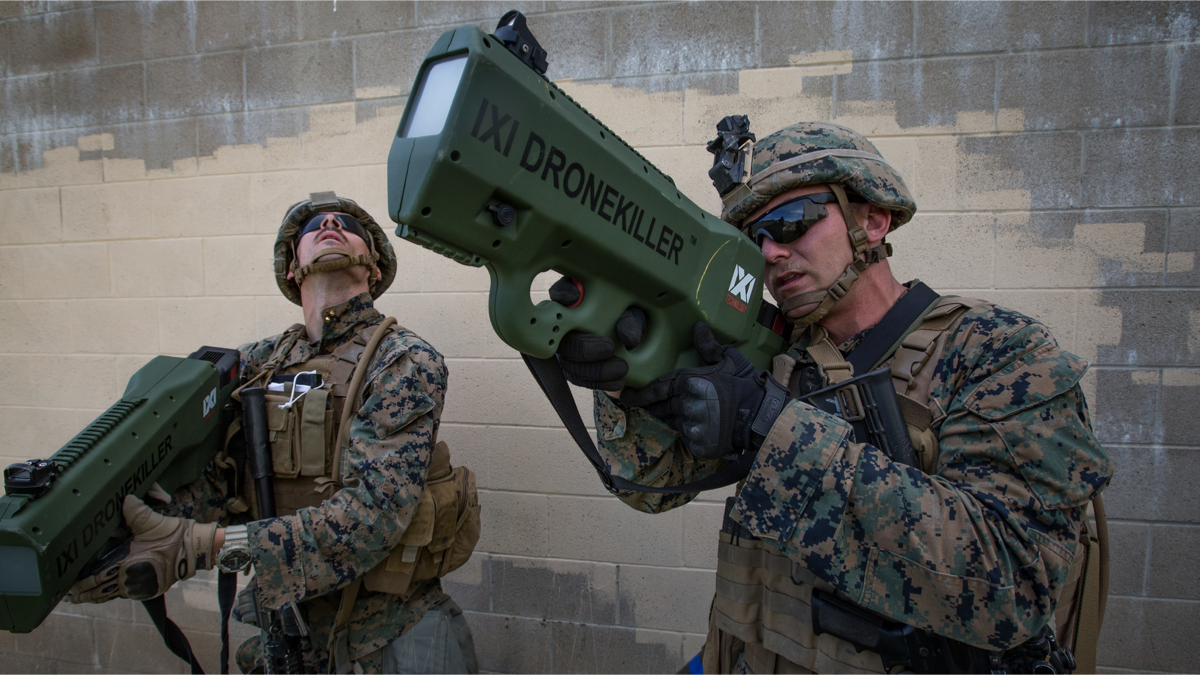Imagine the following scenario.
Four medium-sized U.S. Navy vessels depart from a port along the United States’ coast. There’s no crew aboard any of them.
About 15 nautical miles off the coast, the four vessels rendezvous, autonomously arranging themselves in a line. Using custom mechanisms, they attach to each other to form a train, except they’re in the water and there’s no railroad to guide them. In this configuration the vessels travel 6,500 nautical miles across the open ocean to Southeast Asia. But as they approach their destination, they disconnect, splitting up as each unmanned ship goes its own way to conduct independent operations, such as collecting data with a variety of onboard sensors.
Once those operations are complete, the four reunite, form a train and make the return journey home.
This is the Sea Train, and it may not be as far-fetched as it sounds. The Defense Advanced Research Projects Agency is investing in several technologies to make it a reality.
“The goal of the Sea Train program is to be able to develop and demonstrate long-range deployment capabilities for a distributed fleet of medium-sized tactical unmanned vessels,” said Andrew Nuss, DARPA’s program manager for Sea Train. “So we’re really focusing on ways to enable extended transoceanic transit and long-range naval operations, and the way that we’re looking to do that is by taking advantage of some of the efficiencies that we can gain in a system of connected vessels — that’s where the name ‘Sea Train’ comes from.”
According to DARPA, the current security environment has incentivized the Navy and the Marine Corps to move from a small number of exquisite, large manned platforms to a more distributed fleet structure comprised of smaller vessels, including unmanned platforms that can conduct surveillance and engage in electronic warfare and offensive operations.
While these unmanned vessels are smaller and more agile than their large, manned companions, they are limited by the increased wave-making resistance that plagues smaller vessels. And due to their size, they simply can’t carry enough fuel to make the long-range journeys envisioned by DARPA without refueling.
By connecting the vessels — physically or in a formation — the agency hopes the Sea Train can reduce that wave resistance and enable long-range missions.
In February, the agency released a broad agency announcement to find possible vendors. Citing agency practice, Nuss declined to share how many proposals were submitted, although he did say there was significant interest in the announcement. The agency completed its review of any submissions and expects to issue contracts by the end of the fiscal year.
Sea Train is expected to consist of two 18-month periods, where contractors will work to develop and test technologies that could enable the Sea Train concept. The program will culminate with model testing in scaled ocean conditions.
If successful, DARPA hopes to see the technologies adopted by the Navy for its unmanned platforms.
“What we’re looking to do is be able to reduce the risk in this unique deployment approach,” Ness said. “And then be able to just deliver that set of solutions to the Navy in the future, to be able to demonstrate to them that there is, potentially, a new way to deploy these vessels, to be able to provide far more operational range without the risk of relying on actual refueling or in-port refueling.”
And while DARPA’s effort is focused on medium-sized unmanned vessels — anywhere from 12 to 50 meters in length — the lessons learned could be applied to larger or smaller vessels, manned or unmanned.
Nathan Strout covers space, unmanned and intelligence systems for C4ISRNET.








